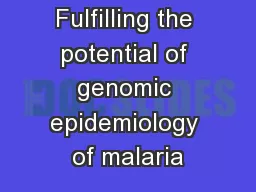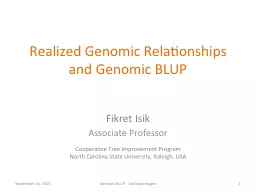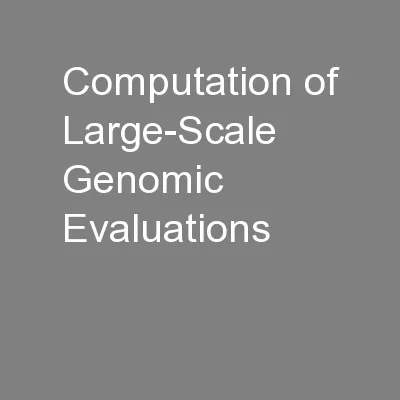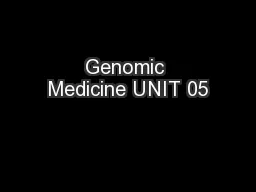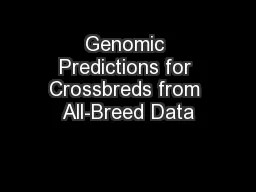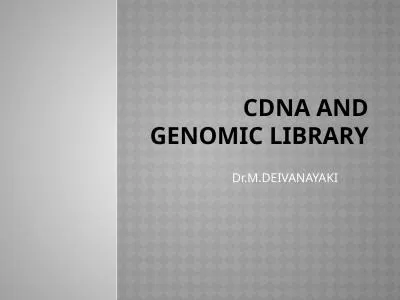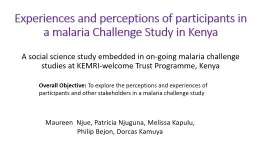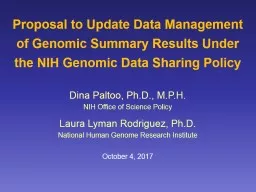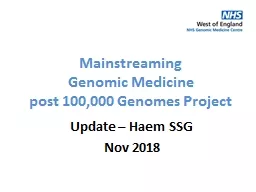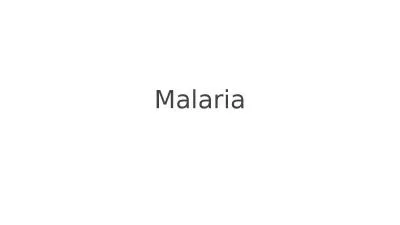PPT-Fulfilling the potential of genomic epidemiology of malaria
Author : min-jolicoeur | Published Date : 2017-10-09
Daniel Neafsey April 19 th 2017 Institute for Disease Modeling Symposium New data types and technologies New investments in modeling needed Malaria Genomic Epidemiology
Presentation Embed Code
Download Presentation
Download Presentation The PPT/PDF document "Fulfilling the potential of genomic epid..." is the property of its rightful owner. Permission is granted to download and print the materials on this website for personal, non-commercial use only, and to display it on your personal computer provided you do not modify the materials and that you retain all copyright notices contained in the materials. By downloading content from our website, you accept the terms of this agreement.
Fulfilling the potential of genomic epidemiology of malaria: Transcript
Download Rules Of Document
"Fulfilling the potential of genomic epidemiology of malaria"The content belongs to its owner. You may download and print it for personal use, without modification, and keep all copyright notices. By downloading, you agree to these terms.
Related Documents

